The Ophir-Spiricon thermal laser sensors are made to last through years of use without repairs. But often, when we receive sensors for calibration, we can tell that misuse is leading to early deterioration.
There are three main things that lead to out of tolerance conditions. Here is a quick review and you can click on this link in order to read about this topic in more depth.
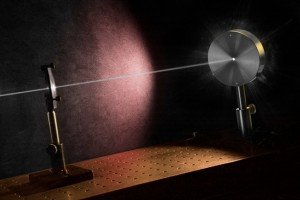
Surface contamination
Often we find foreign substances on the surface of the thermopile. The build-up can be so gradual and uniform that you may not even notice that it’s happening. It is very difficult to tell where the substances are coming from. Welding environments seem to be especially problematic as are any finger prints. It is important to identify the source of the contaminant. Often keeping the sensor in a proper container when it is not in use can solve the problem.
Overheating of the sensor housing
This happens when the disc is continuously exposed to a power level higher than it is rated for. Each sensor comes with specifications in this regard. If your sensor has a name that ends with the letter C, it has different power levels it is capable of handling depending on if it is used with a heatsink or not.
The two types of damage that can occur from overheating are coating failure (the absorber will need to be replaced) and grease contamination. Usually, disassembling, regreasing and cleaning the absorber by our technicians solves the problem.
Localized overheating of the coating
This is the most common form of damage and it results in the largest number of sensor replacements. Each coating type offered by Ophir-Spiricon is good for different power and/or energy levels.
Click on this link to the full article for formulas in order to figure out the power or energy density of your laser. The problem is that the formulas assume certain things that are often not true. For example, they assume that the laser profile is homogonous while often it has spikes and other abnormalities. These can lead to much higher energy or power densities in certain parts of the beam. (Beam profiling devices are available at Ophir-Spiricon if you’d like to have a clear picture of how your laser is functioning.)
It’s even more complicated if your laser is pulsed since the energy density is very high per pulse. If possible, expanding the laser beam is the easiest solution. We also have other solutions like volume absorbers for pulse lasers.
You can read the full article for more information on this topic. It’s of utmost importance to make sure you’re using your laser sensor properly in order to ensure years of use with minimal maintenance.
You might also like to read: Caution: Lasers Can Seriously Damage Instruments
Share this:


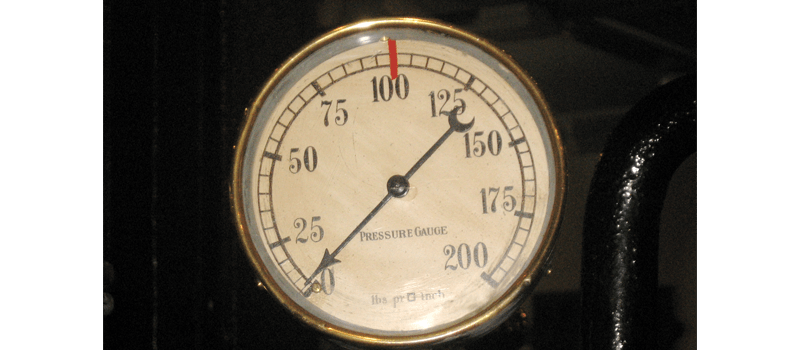
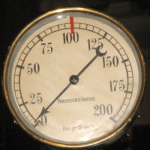




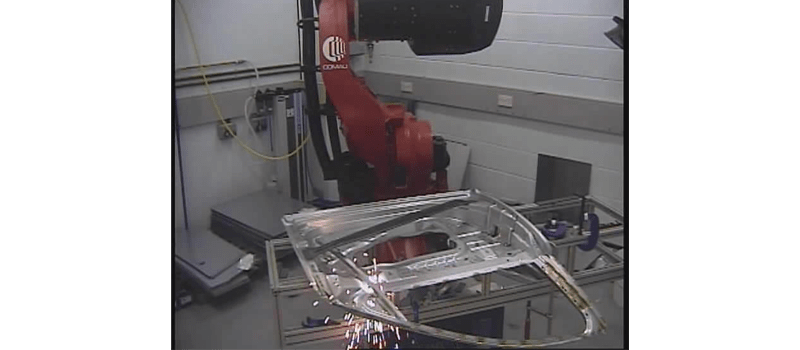
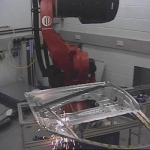


Leave a Reply
Your email address will not be published. Required fields are marked *